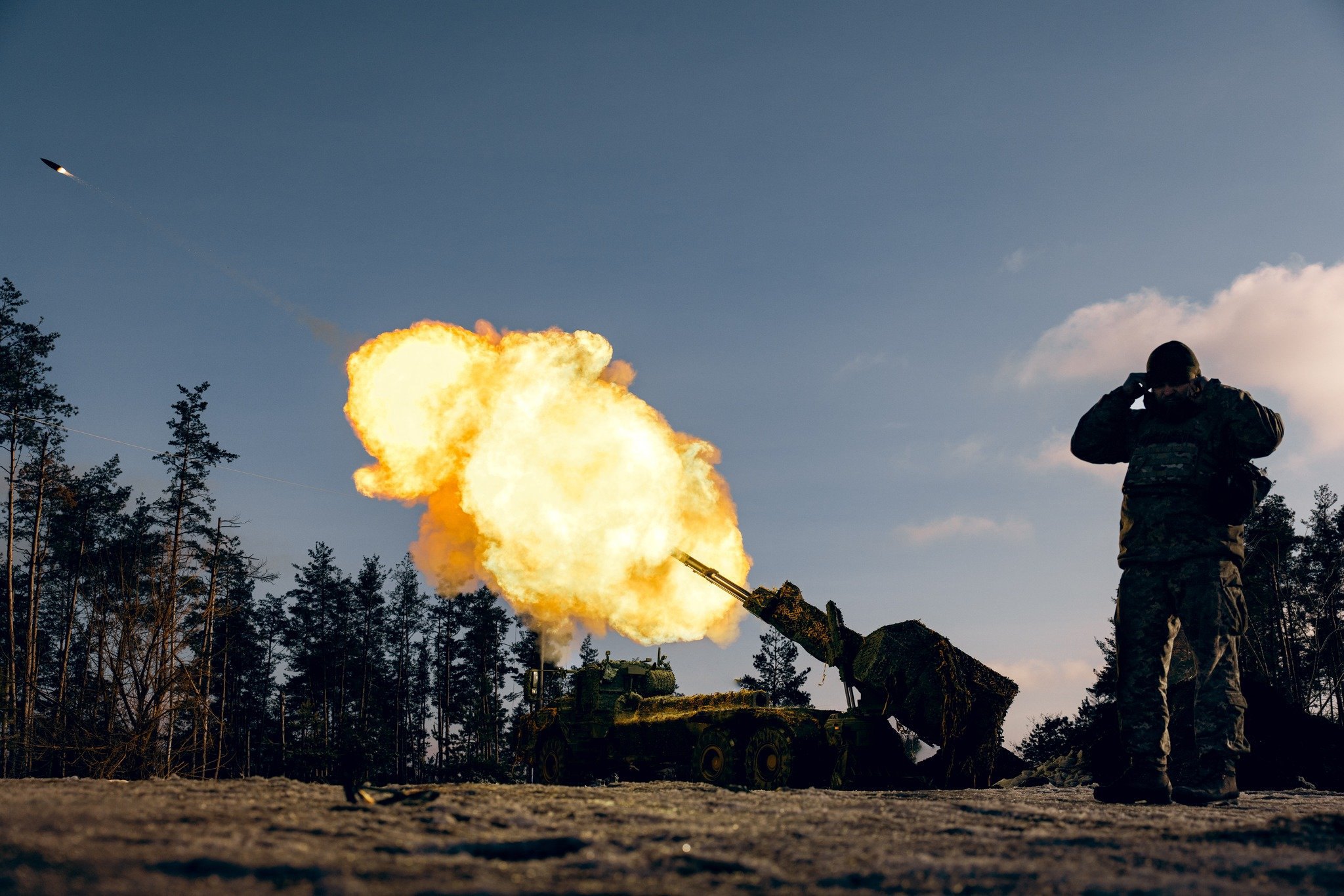
A month ago, on 14 July, Donald Trump issued an ultimatum to Russia: it must make peace with Ukraine within 50 days or face US secondary sanctions targeting its energy trade partners, particularly India and China, through sharply increased tariffs. Early reports suggested tariffs of 500%, though Trump later stated 100%. However, just two weeks later, the US president shortened the deadline to 10–12 days, setting a final date of 8 August due to Russia’s lack of any peace initiatives. At the same time, the first secondary sanctions were imposed – a 25% tariff on Indian goods in response to New Delhi’s continued purchases of Russian oil.
Although Moscow had previously shown no willingness to compromise, sanctions against its trade partners proved more damaging, prompting the Kremlin to initiate dialogue with the White House. US Special Representative Stephen Witkoff travelled to Russia, and it was subsequently announced that a summit between Trump and Putin would take place on 15 August in Anchorage, Alaska. This sharp shift in the dynamics of the negotiation process over Russia’s war against Ukraine might appear to offer hope for peace in the near future – but a closer look at each side’s positions makes such optimism difficult to sustain.
Russia’s position: Istanbul in a new guise
The state of the front line and the occupied territories is central to any vision of possible peace. While the liberation or retention of territories is one of the most important and emotionally charged issues for both sides, the war is not fought solely over land. Rather, it is a struggle over Ukraine’s right to determine its own future – and, through that, the future of Europe.
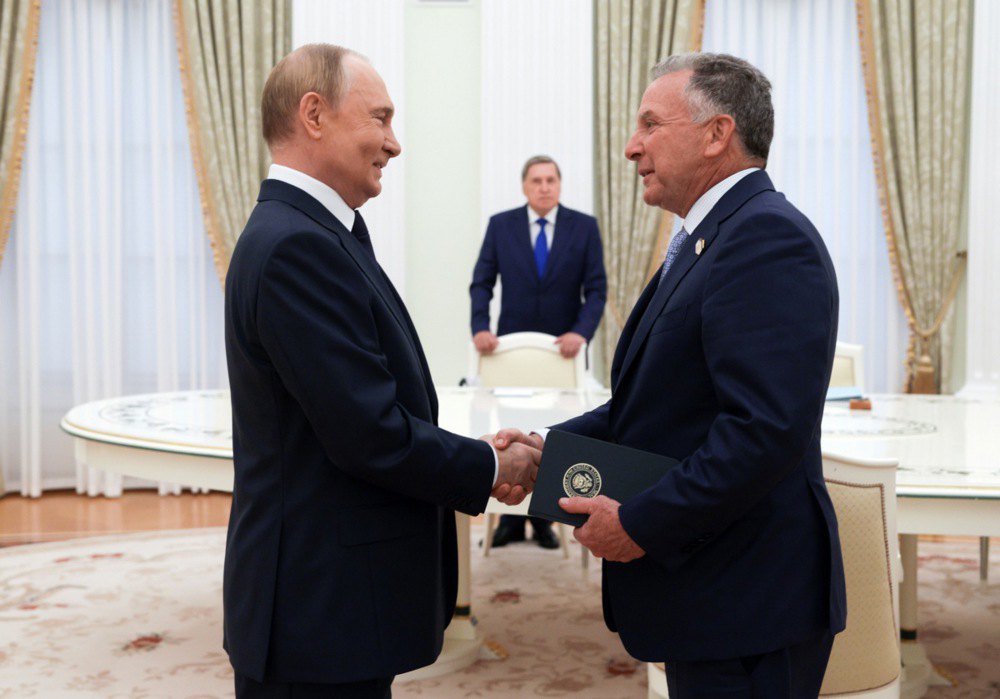
At first, Witkoff’s visit to Russia gave the impression that Moscow had adopted a more conciliatory stance. However, it soon became evident that the Kremlin’s conditions for ending the conflict had not changed. Russia demands that Kyiv abandon its NATO ambitions by declaring Ukraine a non-aligned, neutral state; reduce the size of its Armed Forces; and accept restrictions, particularly on Western military supplies. This would be accompanied by federalisation and the recognition of Russian as a second official language, as well as – though not explicitly mentioned in the summit context – likely significant changes to Ukraine’s national identity policies and historical narrative. In terms of territory, Putin’s aim is first and foremost to secure the Russian Federation’s gains in one form or another. Moreover, any agreement would be contingent on the partial or complete lifting of anti-Russian sanctions.
In essence, these demands amount to a significant curtailment of Ukraine’s sovereignty and a weakening of its long-term ability to defend itself – thereby increasing Moscow’s chances of winning a renewed conflict in the future. The summit is less a genuine peace initiative than an attempt by the Kremlin to forestall further sanctions, while betting that an agreement with Donald Trump could ultimately secure victory for Russia.
The United States: a stick without a carrot
The policy of the current US president’s administration towards Ukraine can best be described as a series of chaotic attempts to bring the war to a rapid conclusion by pressing both sides into a peace settlement. Following the announcement of the summit, there was prolonged uncertainty over the nature of the proposal Washington was preparing. Although Stephen Witkoff initially outlined the agreement as a cessation of hostilities along the existing line of contact – without territorial exchanges or political constraints on Ukraine – it quickly emerged that Moscow had not given prior consent to such terms. Donald Trump’s approach, therefore, appears to rest on speaking directly with Putin in the hope of persuading him that continuing the war is not in Russia’s interests.

There is reason to doubt Russia’s willingness to accept such a vision, as the American proposal represents not a strategic settlement but merely a halt to fighting, without securing any of the Russian Federation’s objectives in the realm of international law. It is worth noting that Washington’s position was initially more flexible, with President Trump stating that both sides would need to make territorial concessions they would find unpalatable.
This formulation drew sharp objections from Ukraine and prompted concern among European leaders, leading to an online meeting on 13 August between representatives of Ukraine, the United States, the European Union and the United Kingdom. During that discussion, Trump assured his partners that he would not sign an agreement with Putin in Alaska, emphasising that such a document should be agreed between Moscow and Kyiv, and warning that Russia would face “severe consequences” if it refused. Reports subsequently surfaced suggesting that the US was prepared to offer Ukraine security guarantees in the event of peace, though no official confirmation of such commitments has yet been received.
For Russia, the summit serves as a means of advancing its objectives without further military action, while the United States views it as the start of a peace process at the highest level. Trump has floated the possibility of a trilateral meeting with Zelenskyy and Putin following the Alaska summit. While sanctions pressure is clearly influencing the Kremlin’s behaviour, substantial differences in positions remain – most notably over Ukraine’s refusal to accept Russia’s demand to begin negotiations by withdrawing its forces from the Donetsk Region.

Ukraine’s European perspective
Just as Russia refuses to soften its demands, Ukraine finds it politically and strategically unacceptable to meet any of the Kremlin’s current conditions. The Slovyansk–Kramatorsk agglomeration remains the largest defensive stronghold of the Ukrainian Armed Forces in Donbas, and any Russian attempt to seize it would require a colossal expenditure of resources. A withdrawal from this area would not only entail the loss of significant territory, but would also greatly ease any future Russian advance, potentially into the Dnipropetrovsk Region. The same logic applies to the Kherson and Zaporizhzhya Regions – the voluntary cession of territory would simply allow the Russian military to resume its offensive from far more advantageous positions.
Kyiv’s stance leaves no room for flexibility: Ukraine’s long-term survival is inseparable from deeper integration into the security and economic structures of the West. Abandoning this course would be the clearest signal of defeat in the war.
From a broader perspective, Ukraine’s defensive capability is a central pillar of the European Union’s own security – a reality whose implications may well be shaped in Alaska. European states see support for Kyiv as an investment in their own safety and will not endorse any restrictions on Ukraine’s ability to defend itself, as such limitations would only heighten the risk of another war in Europe. It is implausible to expect Russia to halt its military ambitions at a moment when the slow pace of Europe’s rearmament offers Moscow a window of opportunity for further expansion.
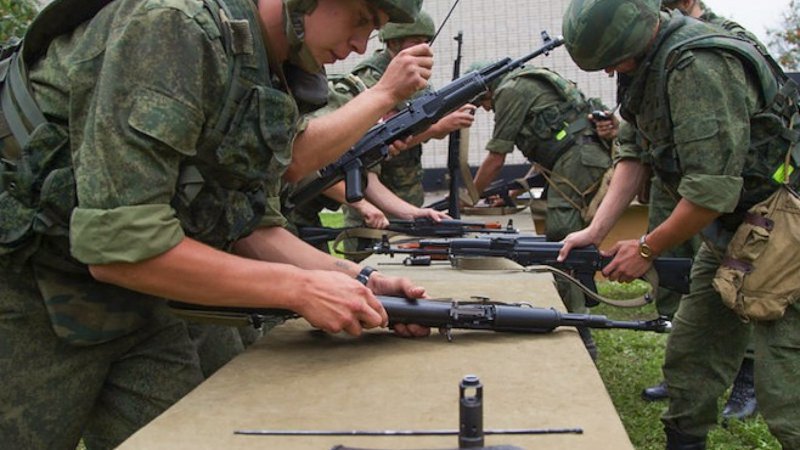
This is particularly relevant to the Baltic states and Finland, which are facing an increase in acts of Russian sabotage and subversion, alongside a direct military build-up near their borders. This includes the creation of a new army corps close to Finland and a renewed expansion of the Leningrad Military District. A mere freezing of hostilities offers no guarantee they will not resume in the coming years – on the contrary, it grants Moscow the breathing space needed to rebuild and strengthen its forces.
What will happen today?
Despite the considerable hype surrounding the event, the summit in Anchorage offers little reason to expect a genuine peace agreement. The Russian Federation retains the capacity to continue hostilities: its forces receive a steady influx of manpower, and its economy – despite marked declines in several sectors – is capable of sustaining current defence expenditure, primarily through the issuance of federal bonds, for at least another year or two without collapsing. Russia’s overarching geostrategic objective in its confrontation with the West is to push NATO’s borders further from its territory and to reclaim some of the influence it lost in Eastern Europe after the Cold War.
Moscow’s ultimate aim in its war against Ukraine is to establish political control, potentially through federalisation and neutralisation. The Kremlin’s position is currently so far removed from any concessions that the United States or the European Union might contemplate that the prospects for peace remain remote.
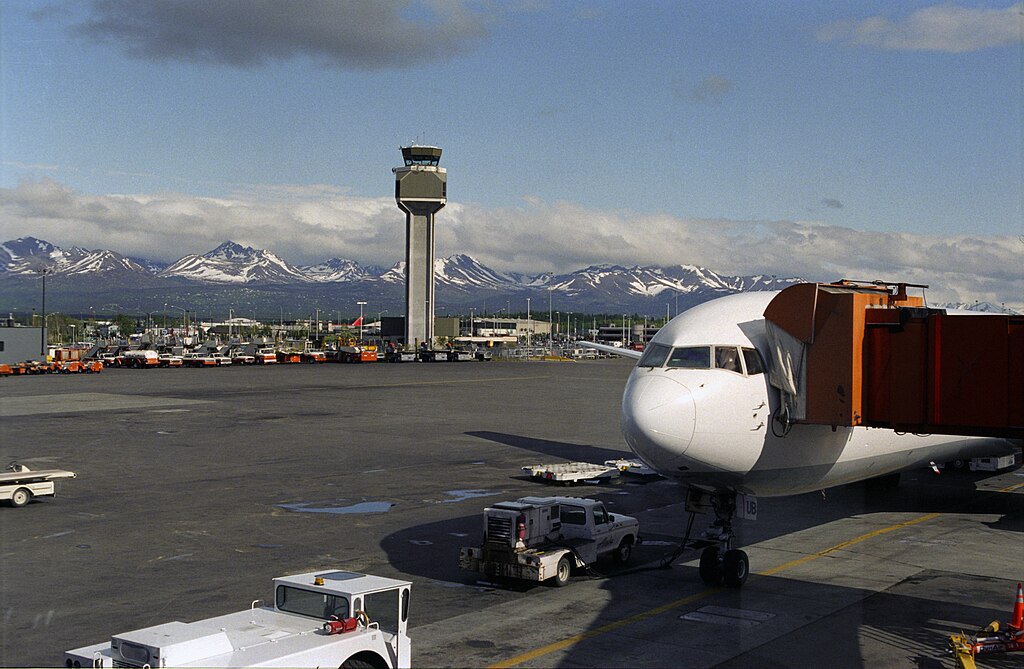
That said, Vladimir Putin might agree to a freeze in hostilities or to the previously floated “air truce” – an arrangement under which both sides would refrain from missile and drone strikes deep into each other’s territory. However, such measures would not mark the end of the war, only a temporary or partial pause. Moreover, there is another key actor whose strategic ambitions depend on the continuation of conflict in Europe: China.
The People’s Republic of China is Putin’s most critical partner in the war. Without Chinese electronics, drones, trade links, and its tacit approval of deepened Russia–North Korea cooperation, Moscow’s ability to wage war would likely have been exhausted already. Beijing is the principal beneficiary of the conflict: isolation has pushed Russia into increasingly asymmetric cooperation, which in practice amounts to raw material exploitation rather than the equal alliance Moscow desires. The war in Europe diverts US forces and strategic attention away from the Pacific, while China bears minimal costs in supporting Russia and gains the opportunity to test its defence industry products. Beijing is preparing for a war of its own – the likely target being Taiwan – and at present there are no realistic concessions or pressure mechanisms capable of persuading China to alter its political course or loosen its hold over Russia.
The United States can exert pressure in negotiations, but the range of proposals it can offer without provoking condemnation in Europe or outright rejection by Ukraine is extremely limited. A lasting peace is impossible under the current international configuration because the main geopolitical confrontation has not yet begun. A frozen conflict could, in time, lead to a Russian attack on NATO members – a scenario Washington wishes to avoid, as it would either fracture the alliance, which would be a geopolitical catastrophe, or force the US to divert even greater resources from the Pacific to Europe. For this reason, durable peace in Europe is in America’s national interest, and achieving it is tied to another strategic objective in the Ukraine war: breaking the Russia–China partnership. However, this remains unlikely due to resource constraints and the Kremlin’s intransigence.
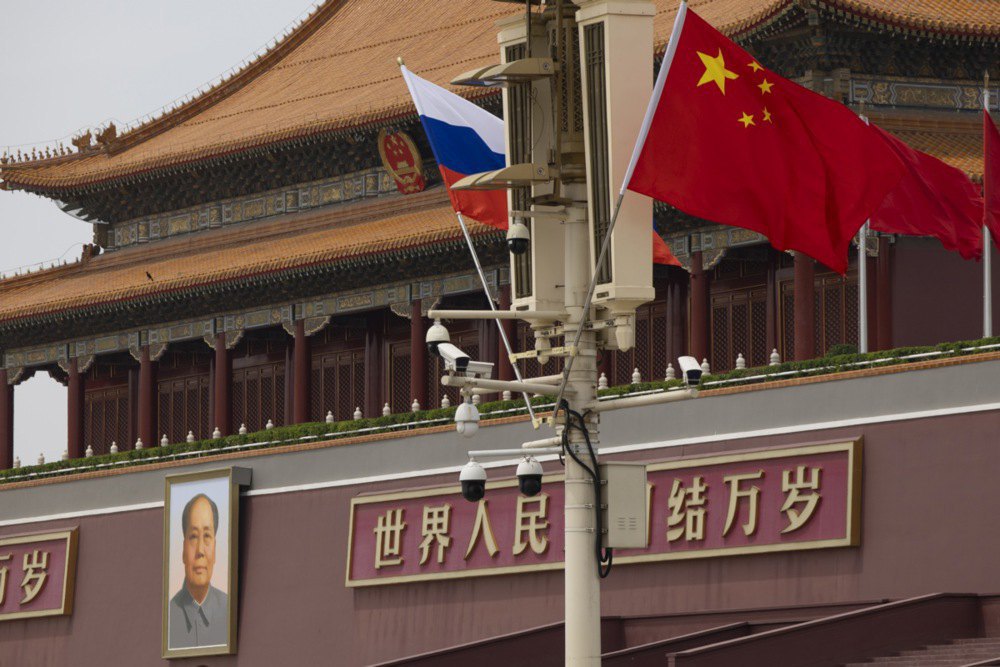
Aware of the complexity of the negotiations, Washington is exploring additional ways to exert economic pressure on Moscow. While a full lifting of sanctions is not under discussion, Donald Trump is reportedly prepared to offer Russia joint extraction of rare earth elements in Alaska and in the occupied Ukrainian territories, alongside the removal of sanctions on its aviation industry. Such proposals amount to little more than a financial inducement to the Kremlin – and even then, it is doubtful that the US could, or would wish to, replace China as Russia’s main partner. The European market would be a more attractive alternative for Moscow, but the EU’s firm stance on sanctions leaves no scope for relief until a durable peace is achieved. At present, this remains a distant prospect.
Conclusion
Few indicators suggest the Anchorage talks will yield success. The United States and Russia remain divided on a range of fundamental issues, and Moscow shows no readiness to end the war on terms other than its own. Even if Donald Trump subsequently convenes a trilateral meeting with the leaders of the US, Russia and Ukraine, it is improbable that shifting diplomacy into a more personalised format will overcome the deep-rooted contradictions between Kyiv’s and Moscow’s positions. Ultimately, Washington and its European partners will be left with no alternative but to maintain, and potentially intensify, pressure on the Kremlin.
For Kyiv, the Anchorage summit represents an opportunity to influence the White House’s stance by underscoring Russia’s unwillingness to compromise and the necessity of heightened sanctions pressure. Yet it does not signal any imminent shift in the international political landscape. Ukraine’s future continues to be determined first and foremost by the resilience and success of its defence forces on the battlefield.
